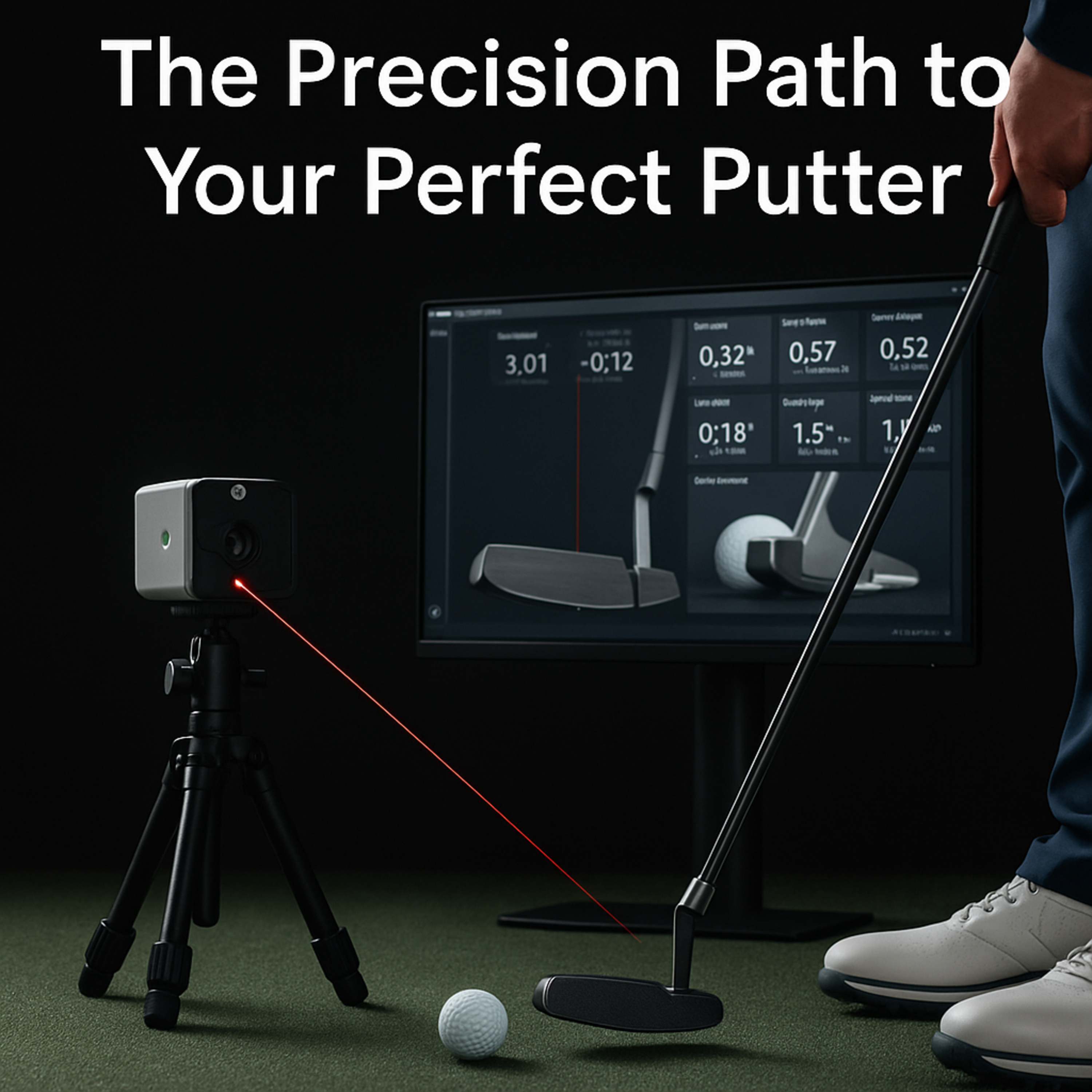#338 The Precision Path to Your Perfect Putter
- Author
- Golf247.eu
- Published
- Sat 06 Sep 2025
- Episode Link
- https://podcasters.spotify.com/pod/show/puttin-pro/episodes/338-The-Precision-Path-to-Your-Perfect-Putter-e37rbh0
In today’s data-rich era of golf, professional putter fitting is no longer a luxury—it’s a performance essential. While drivers often steal the spotlight, the putter is used on nearly half of all shots during a round. Yet many golfers still rely on guesswork when selecting the most personal club in their bag.
A proper putter fitting is a precision-driven process—custom-tailored to your biomechanics, vision, and stroke style. Using modern tools like Quintic, SAM PuttLab, or Puttalyze, elite fitters analyze dozens of micro-details to help you deliver the ball with more consistency, confidence, and control.
The Five Pillars of Putter Fitting
1. Weight & Balance
The total weight—and how it’s distributed across head, shaft, and grip—directly impacts stroke tempo and face stability.
- Heavier heads can smooth out jerky strokes and reduce wrist breakdown.
- Lighter grips may improve feel and speed control.
- Poor balance leads to erratic acceleration and inconsistent impact.
2. Length & Lie Angle
The right shaft length ensures your eyes are in the ideal position over the ball. A poorly fitted length alters posture and alignment, skewing perception of the target line.
- Too long? You stand too upright and read breaks incorrectly.
- Too short? You crouch, lose posture, and mis-hit more often.
- Incorrect lie angle causes the putter face to aim offline—even on a perfect stroke.
3. Loft & Launch
Loft determines how the ball lifts off the face and transitions into roll. The aim: minimal skid, early roll.
- Ideal launch angle: 0.75° to 2.5°
- Too little loft = popping or skipping
- Too much loft = bouncing or hopping
- Adjusting loft and shaft lean improves roll quality and speed control
4. Face Angle & Rotation
Astonishingly, 92% of the ball’s starting direction is dictated by face angle at impact. Even a 1° misalignment can mean a missed putt.
- Optimal putters limit face rotation to under 15°/second
- Players with active hands may benefit from offset or toe-hang designs over face-balanced models
5. Eye Dominance
Your dominant eye affects how you “see” the line. Strong dominance (especially right-eye) can distort your aim.
- Fitters adjust offset, shaft lean, and visual aids to correct aim bias
- A plumber’s neck or high-contrast alignment line can help recalibrate perception
The Fitting Process
Step 1: Visual & Alignment Check
Laser or chalk-line tests assess natural aim and setup. If your stroke is good but aim is off, your eyes may be lying to you.
Step 2: Stroke & Launch Analysis
High-speed cameras and motion sensors track:
- Face angle, face rotation
- Launch angle and spin
- Backstroke vs. through-stroke tempo
- Impact consistency and strike location
Step 3: Precision Matching
From shape to shaft, every part is chosen for you:
- Head style, weight, and face milling
- Shaft length and lie
- Grip size and profile
- Offset tailored to stroke style and visual tendencies
Final Rollout
With the correct setup, the ball enters true roll sooner—minimizing bounce and maximizing directional control. The result? Fewer three-putts, better lag putting, and more made birdies.
